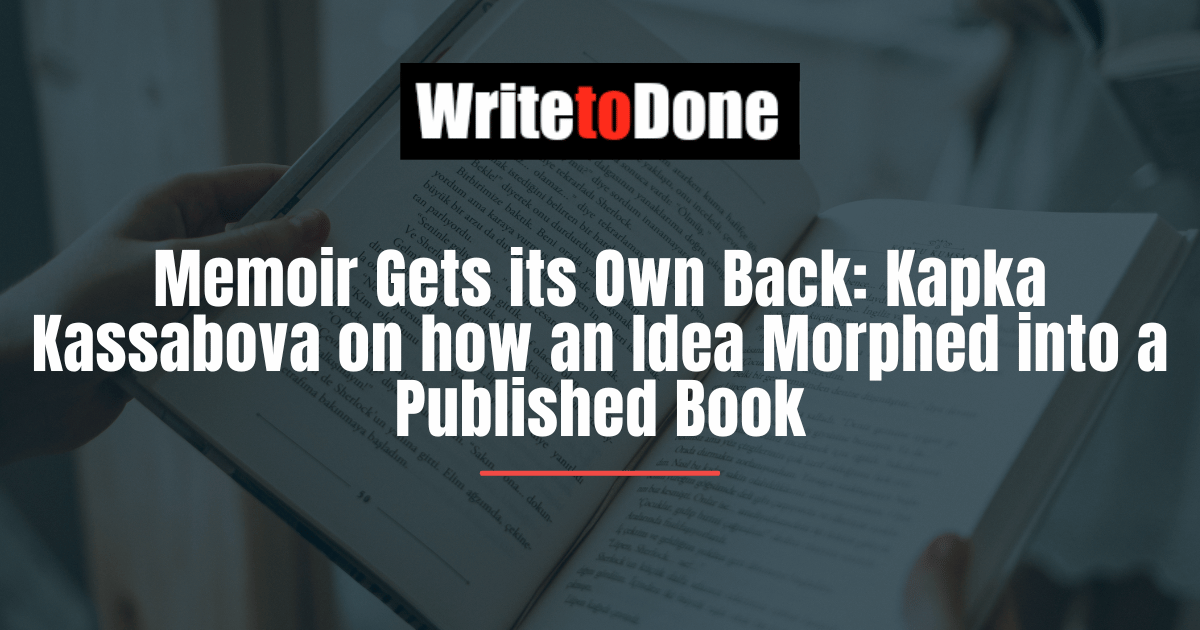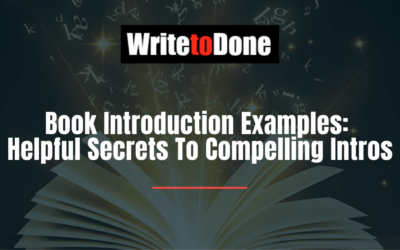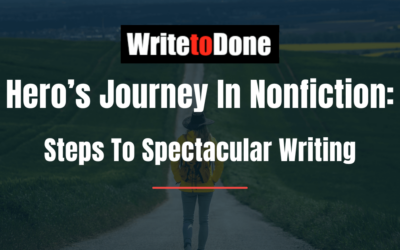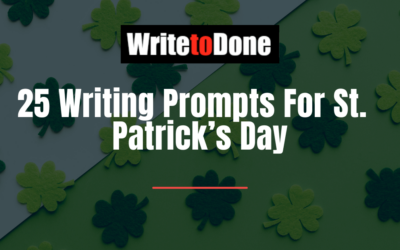‘If you want to work on your art, work on your life.’ – Chekhov
Ten years ago, I was a single East European émigré living in Auckland and caught between Old and New Worlds, two passports, the end of the Berlin Wall and the beginning of the 21st century.
How timely, then, that one night I should walk into a bar and see a couple on the dance floor, moving to what sounded like the soundtrack to my life. Their chests were glued together, their hips rigid, and their faces lost in some fantasy of a better world. They were, of course, doing the tango. And that fantasy soon became mine. The soundtrack to my life turned out to be Astor Piazzolla’s ‘Oblivion’, tango’s most existential tune and a must for all melancholics.
I say ‘timely’ for two reasons. One, because you can already tell from the above sketch that the young émigré took herself very seriously in her culturally dispossessed predicament. And what dance is better suited to the culturally dispossessed than the tango? I could have taken ceroc, salsa, or any other happy dance where I could have drank mojitos, shaken my hips, and grinned with all my teeth at the uncomplicated blokes partnering me in our three basic steps. Cha-cha-cha!
But I didn’t. I took up the world’s most complicated and nostalgic couple dance. Which brings us to reason number two: in the next couple of years, I joined a world-wide tango community made up of hundreds of thousands of people of every colour, neurosis, and cultural complication under the sun. People like me.
Tango became my religion, my primary romantic relationship, a home of sorts. I learnt Spanish so that I could understand old songs like The Day That You Would Love Me (note the problematic conditional tense) and the title of electro-tango band Gotan Project’s hit album La Revancha del Tango. Tango Gets its Own Back.
It did, but it took ages. About three years into it, I knew I had to write a book about tango. After all, I was a writer first, and a tango maniac second. Dancing was no longer enough. Reading everything on tango I could find was not enough. As with everything else in life, I knew I could only truly understand tango by writing about it. But how do I even begin?
From the wrong end, that’s how. Which is to say, fiction. So, during a year in Berlin on a generous Creative NZ writer’s residency, I plunged headlong into the researching and writing of my Big Tango Novel. It was going to be about Buenos Aires, Argentina’s Dirty War, Nazi War Criminals in South America, Emigration, Music, Poetry, Relationships, Jorge Luis Borges, and Tango.
There was no shortage of Big Themes. What there was a shortage of was characters. An honest intention. An authentic voice. A narrative focus. An actual story. At the end of my residency, I had to admit that My Big Tango Novel was a dud with a soundtrack.
My second doomed attempt took place a few years later. I was living in Britain now. A great brain wave came over me. This time, I was going to do the right thing. I was going to start with the characters. So, there is this lonely youngish British woman who gets hooked on tango. She falls for a mysterious guy she meets at tango. When he goes off to South America on a mysterious trip, she follows him. They get sucked into the underworld of Buenos Aires. Then something mysterious happens, involving tango. It was going to be a very Mysterious Tango Novel.
My agent read the first chapters. My agent is the smartest woman in the British publishing industry. ‘This reads like notes towards a novel,’ she said. ‘Some good stuff, potentially, but… Have you thought about writing a more personal kind of book about tango?’
No, I said, went away, and sulked for a year. Actually, I went away and wrote a childhood memoir for a year, signed up by the other smartest woman in the industry: my editor.
Then I wrote another novel. Nothing to do with tango. To hell with tango! Actually, tango was bringing hell into my life. In the space of two years, thanks to tango’s mysterious ways, I lost my partner of five years, my best friend, my place in the local tango community which constituted my entire social life, and very nearly my mental health. I pulled back from the brink just on time.
‘You know,’ I said to agent and editor. ‘I’m thinking of writing a more personal kind of book about tango. But I don’t know what the story is. And who the characters are.’
‘Really?’ said agent. ‘I think you do.’
‘I can think of at least two characters,’ said editor. ‘Tango. And KK. It’s a start.’
‘I think I know what I’m going to call it,’ I said. ‘Something about the average duration of a dance with the same partner…’
Between that distant Auckland bar and Twelve Minutes of Love, there lie the mangled embryos of two abandoned novels. But I had the time of my life writing Twelve Minutes of Love. It took a year. It came out almost perfectly formed. It had a voice. It had a story. It had a beating heart. It was populated with characters I knew well. It had poetry and music. It had emigration and history. Even Jorge Luis Borges managed to sneak in. And each chapter presented itself with a natural ‘tango lesson’ which of course meant a life lesson I had learnt in the past ten years.
1. Fascination
2. Infatuation
3. Revelation
4. Temptation
5. Disconnection
6. Connection
7. Tourism
8. Home
9. Homelessness
10. Ecstasy and agony
11. Freedom
12. Love
Tango, like literature, is a hall of mirrors. I had seen the true nature of my quest, as a dancer and as a writer, only after I’d had a few false starts. Bad things come to us all, but good things come to those who wait. And who use the paper bin.
My ‘tango novels’ had been built on clichés. I hadn’t been ready for my own book. I hadn’t had the necessary humanity. I had suffered too little, fantasised too much, and taken myself too seriously. I had lacked the lightness of touch it takes to treat dark matter.
This memoir is the most authentic thing I have written. As if it had been secretly gestating for ten long years. It had been.
















